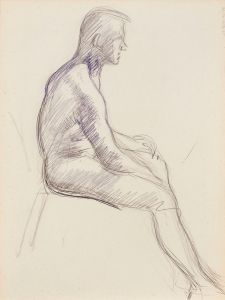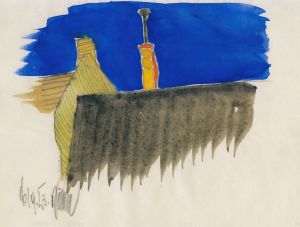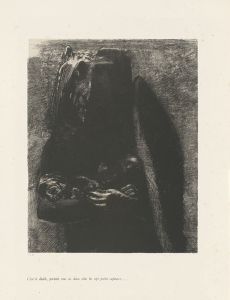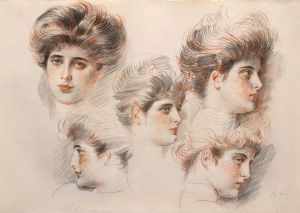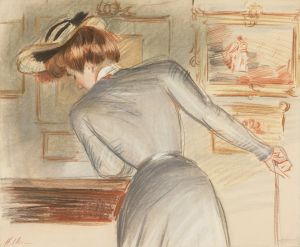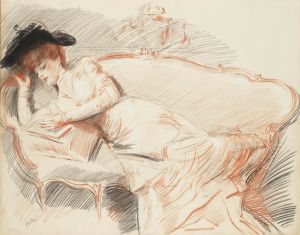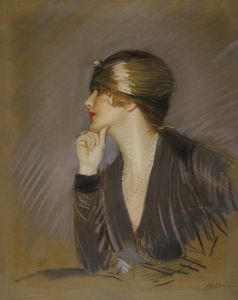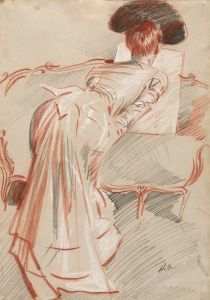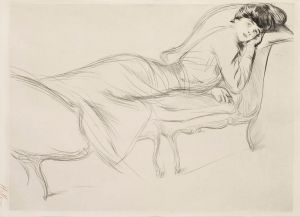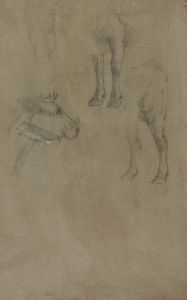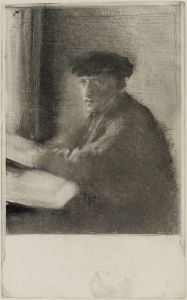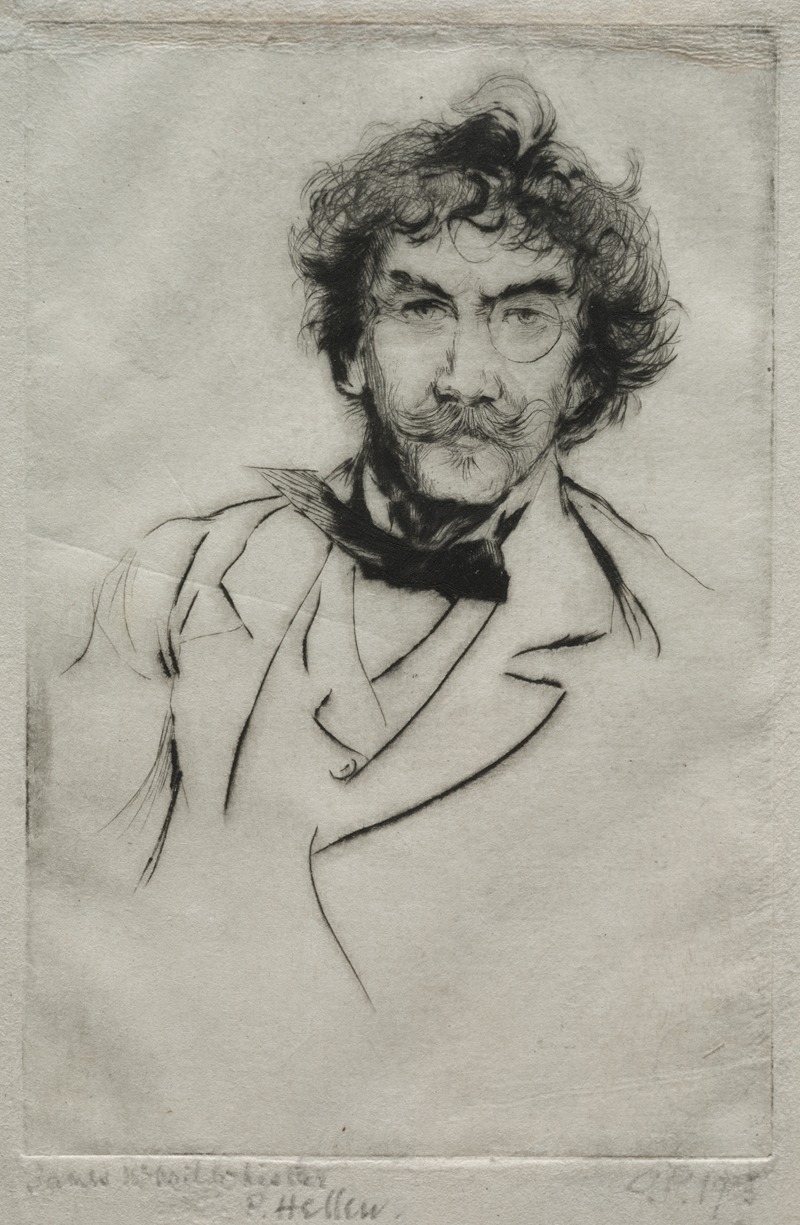
James MacNeill Whistler
A hand-painted replica of Paul César Helleu’s masterpiece James MacNeill Whistler, meticulously crafted by professional artists to capture the true essence of the original. Each piece is created with museum-quality canvas and rare mineral pigments, carefully painted by experienced artists with delicate brushstrokes and rich, layered colors to perfectly recreate the texture of the original artwork. Unlike machine-printed reproductions, this hand-painted version brings the painting to life, infused with the artist’s emotions and skill in every stroke. Whether for personal collection or home decoration, it instantly elevates the artistic atmosphere of any space.
Paul César Helleu was a French artist known for his portraits of beautiful society women and his mastery of drypoint technique. One of his notable works is a portrait of James McNeill Whistler, an influential American artist active during the late 19th and early 20th centuries. Whistler was known for his contributions to the Aesthetic Movement and his famous works, such as "Whistler's Mother."
The portrait of James McNeill Whistler by Paul César Helleu captures the essence of Whistler's character and his distinctive style. Helleu, who was a contemporary and acquaintance of Whistler, managed to convey the personality and artistic aura of Whistler through his skilled use of line and form. The portrait is a testament to the mutual respect and admiration between the two artists, both of whom were prominent figures in the art world during their time.
Helleu's technique in this portrait is characterized by his use of drypoint, a printmaking process that involves incising an image onto a plate with a hard-pointed needle. This technique allows for the creation of rich, velvety lines and subtle tonal variations, which are evident in the portrait of Whistler. The use of drypoint in this work highlights Helleu's ability to capture the delicate nuances of his subject's expression and demeanor.
James McNeill Whistler, the subject of the portrait, was an artist known for his innovative approach to art and his belief in "art for art's sake." He was a pivotal figure in the Aesthetic Movement, which emphasized the visual and sensual qualities of art over its narrative content. Whistler's work often focused on the harmony of color and composition, and he was known for his nocturnes and portraits that conveyed mood and atmosphere.
The relationship between Helleu and Whistler was one of mutual respect, as both artists shared similar artistic ideals and moved within the same social circles. Whistler's influence on Helleu can be seen in the latter's emphasis on beauty and elegance in his portraits. Helleu's portrayal of Whistler not only serves as a representation of the man himself but also as a reflection of the artistic values they both held dear.
This portrait is an important piece in understanding the interconnectedness of artists during this period and the exchange of ideas that helped shape the art world at the turn of the century. It stands as a tribute to Whistler's legacy and Helleu's skill as an artist capable of capturing the spirit of his contemporaries.
While specific details about the creation and current location of the portrait may not be widely documented, the work remains a significant example of Helleu's portraiture and his ability to immortalize fellow artists through his art. The portrait of James McNeill Whistler by Paul César Helleu continues to be appreciated for its artistic merit and historical significance within the context of late 19th-century art.





